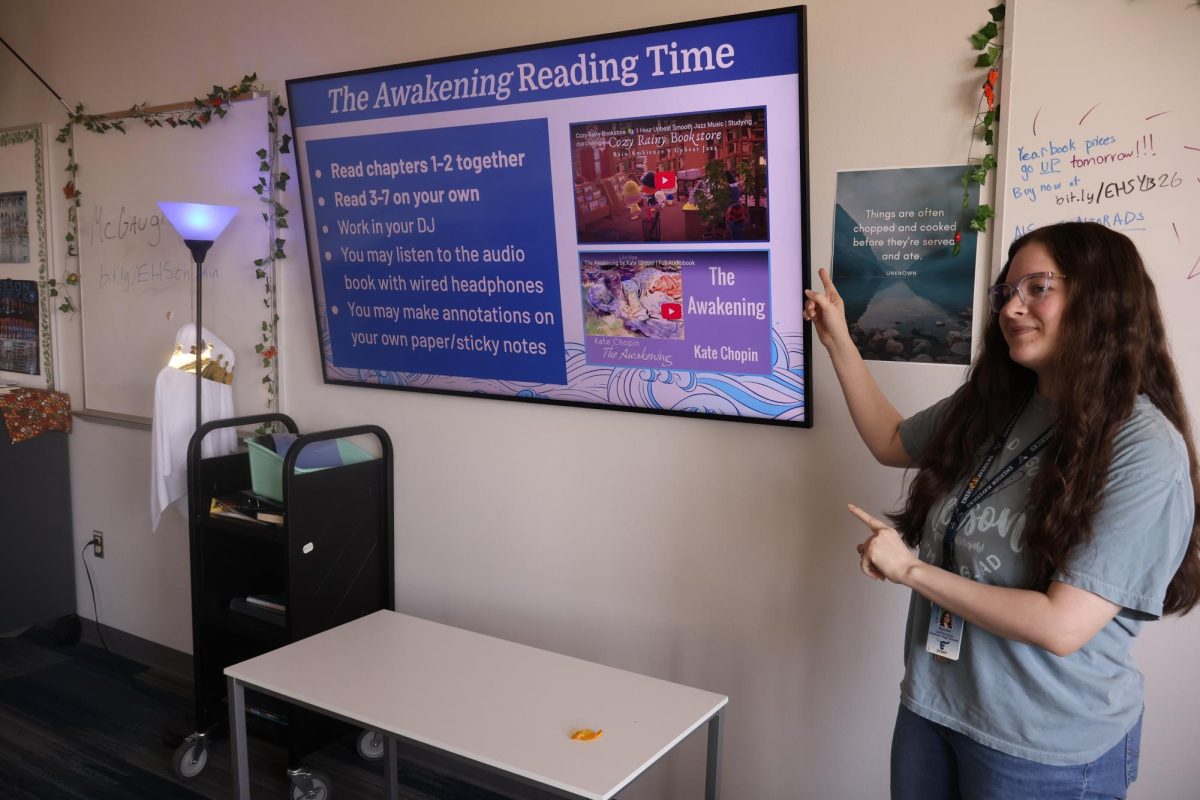As students continue throughout high school, they are prone to face an arduous journey loaded with academic pressure, social dynamics, and the challenge of balancing extracurriculars and other responsibilities. As a result, students often miss school to combat these roadblocks, catch up on overwhelming workloads and regulate their mental health. In fact, about 14.7 million public school students in the U.S. are chronically absent each year (Misha, A., 2024). This prevalent phenomenon, known as chronic absenteeism, occurs when students miss 10% or more of the school year.
The reasons for student absences generally fall into four major categories: barriers to attending school, disinclination of school, disconnection from school, and misinterpretation about the effect of absences (Attendance Works, 2022). These barriers that hinder students from attending school include many factors, such as family responsibilities, unstable home situations, lack of housing or food security, trauma, and inadequate transportation. Furthermore, other hardships revolving around anxiety, a hostile school atmosphere, and interpersonal difficulties can also be attributed to a student developing a dislike for school. Boredom, lack of academic and behavioral support and insufficient enrichment opportunities are also components of disengagement from school. As students miss school more constantly, they fail to understand the seriousness of their absences. These misconceptions can range from thinking that attendance only matters in the upper-grade levels to that absences emerge as a problem only if they are unexcused.
Chronic absenteeism impacts individuals from all backgrounds but has a more adverse effect on poverty-stricken students. Low-income and impoverished students are two to three times more likely to be chronically absent as they suffer the most due to the lack of resources to compensate for the lost learning in school (Attendance Works, 2024). Poverty and housing instability, transportation barriers, and inadequacy of educational resources altogether lead to even poorer attendance of this specific student population. By understanding the correlation between socioeconomic elements and chronic school absenteeism, effective solutions can be constructed to assure student success. Fostering a stronger school-parent relationship through personalized outreach strategies can provide schools with more understanding of students’ circumstances.
As a school administrator, Principal Dr. Kristin Sommers imparts administrators’ initiatives to ensure student attendance.
“We communicate with students and their families to resolve the issue they are facing that hinders them from coming to school,” Sommers said. “Frisco ISD also has a Truancy Prevention Program where truancy prevention facilitators provide additional resources to students who are finding difficulties in being present at school.”
Parnita Avala, 12, provides another aspect of chronic absenteeism which is usually not accounted for in the high school senior population.
“High school seniors can easily fall into a state of overwhelmingness,” Avala said. “Not only are they juggling school work and extracurricular activities, but now they also have to add the tedious task of college applications to their checklist. This, in turn, leads them to skip school to get the workload off their chest.”
However, the question remains: how can this issue be effectively mitigated? Avala further conveys essential tactics for students.
“Students can become more motivated to attend school by pacing themselves, trying to have fun in their classes, and rewarding themselves for small achievements,” Avala said. “These strategies help maintain engagement and create a pathway toward success.”
Ultimately, an education is significant for a student to acquire basic life skills, knowledge, and guidance for the ‘real world.’
“Even when you don’t feel like being at school, it’s a valuable lesson in perseverance,” Sommers said. “Getting up every day and doing tasks you may not want to do reflects adulthood–where working and taking care of family, and handling new responsibilities require the same dedication and routine.”
Finding ways to stay motivated throughout the school year can help reduce chronic absences and support better mental well-being.
Setting Clear Goals:
Break larger tasks into smaller, manageable goals. Having coherent objectives makes progress more tangible and elevates motivation.
Practice Self-Care:
Prioritizing your mental and physical health is vital to staying motivated. Find activities that align with your interests and engage in hobbies. Exercise, proper sleep, and taking breaks are necessary to rejuvenate oneself.
Find support from mentors, family, or friends:
If you struggle to obtain motivation within yourself, lean on people who can uplift you. Family, friends, teachers and trusted adults can be valuable sources of support. Having someone to encourage you can boost motivation (Sikowski, S., 2020).
Keep a planner or calendar of your assignments
Keep a record of assignments, tests, and important dates using planners, apps that have built-in planners, or calendars. This will alleviate stress while also helping you stay on top of your work and develop organizational skills.
Works Cited:
Misha, A. (2024). Understanding and Addressing the Surge of Chronic Absenteeism – EdSurge News. Retrieved from https://www.edsurge.com/news/2024-03-04-understanding-and-addressing-the-surge-of-chronic-absenteeism
Root Causes. (n.d.). Retrieved from https://www.attendanceworks.org/chronic-absence/addressing-chronic-absence/3-tiers-of-intervention/root-causes/
The Problem. (n.d.). Retrieved from https://www.attendanceworks.org/chronic-absence/the-problem/
10 Tips to Stay Motivated this Semester. (2020). Retrieved from https://www.herzing.edu/blog/10-tips-stay-motivated-semester









